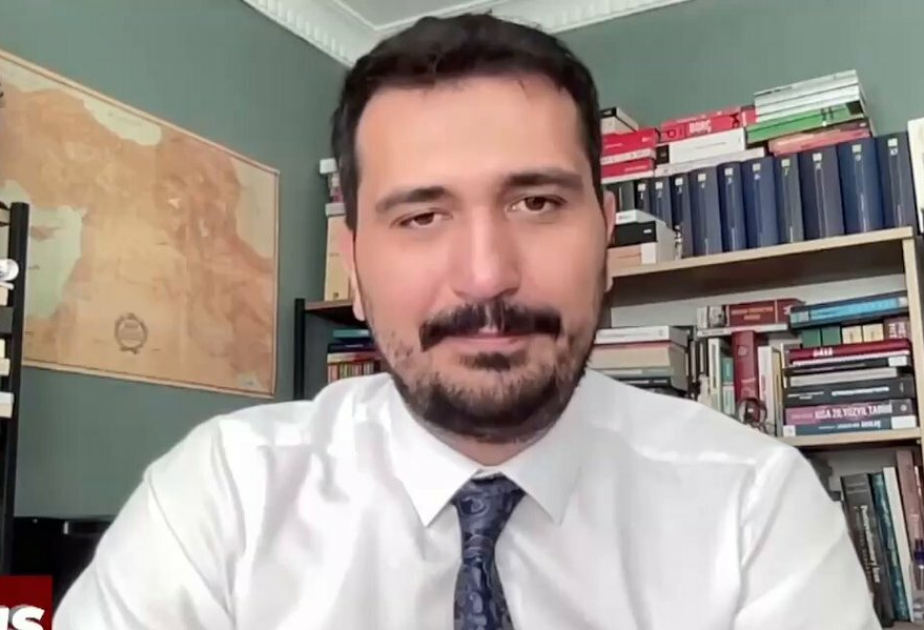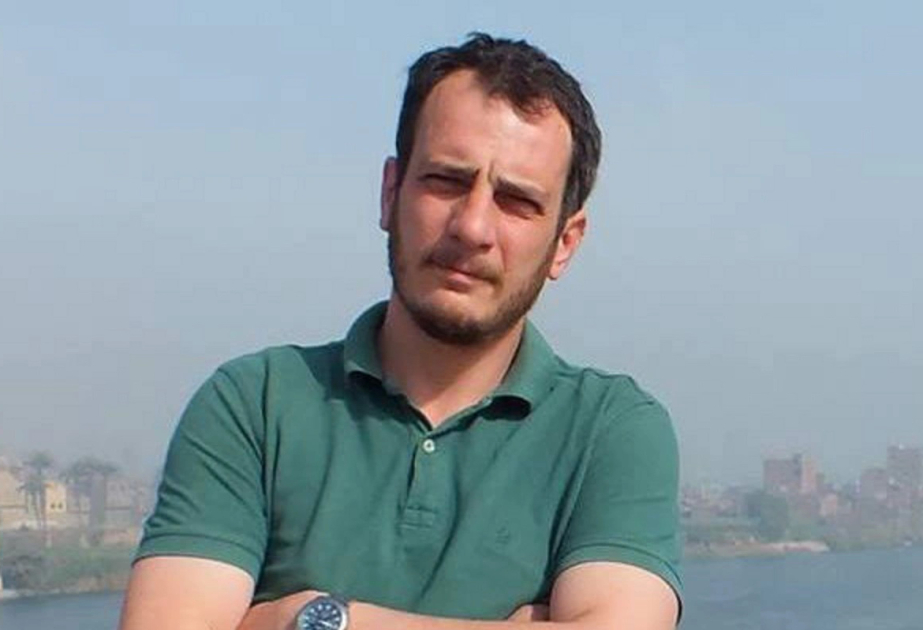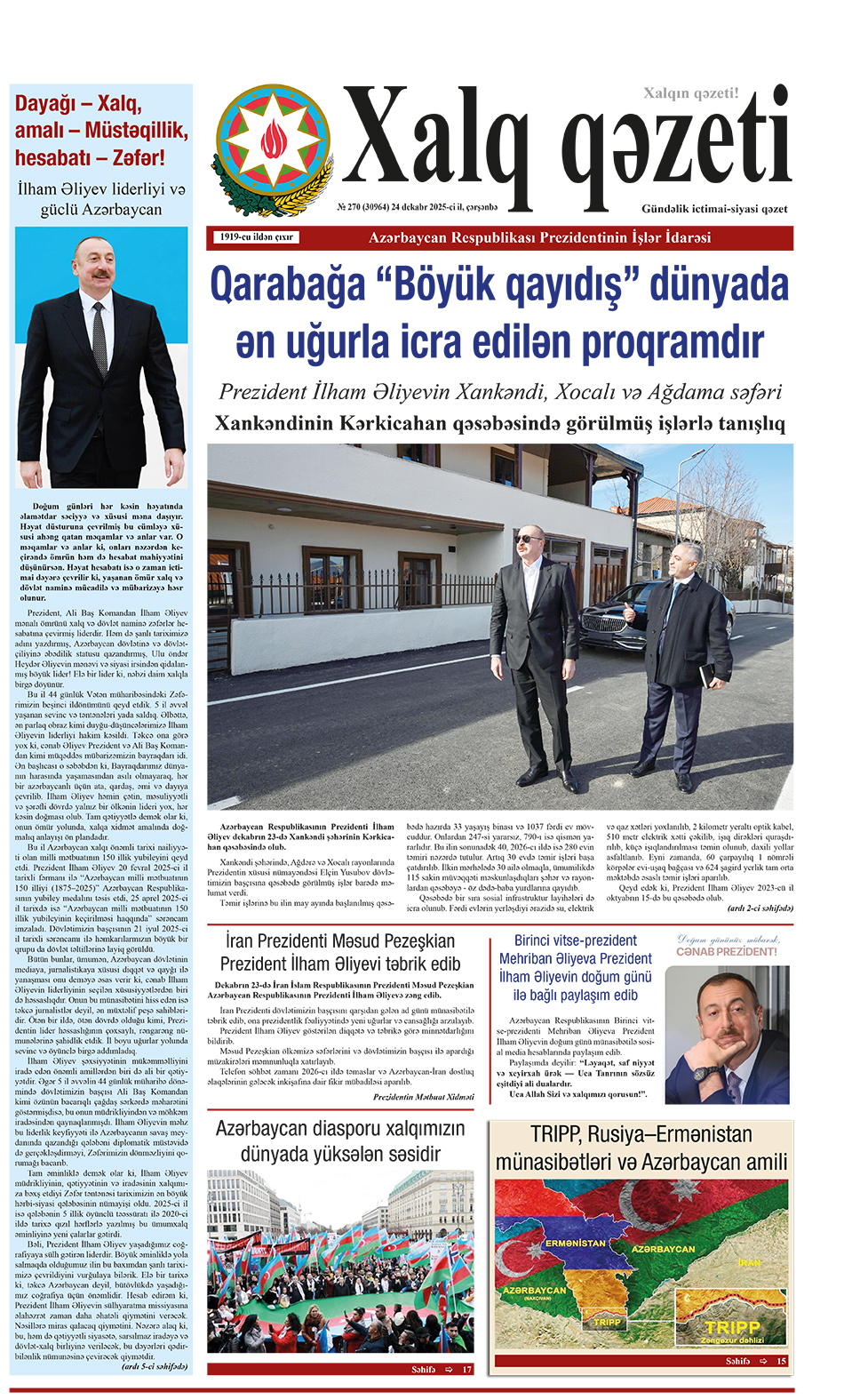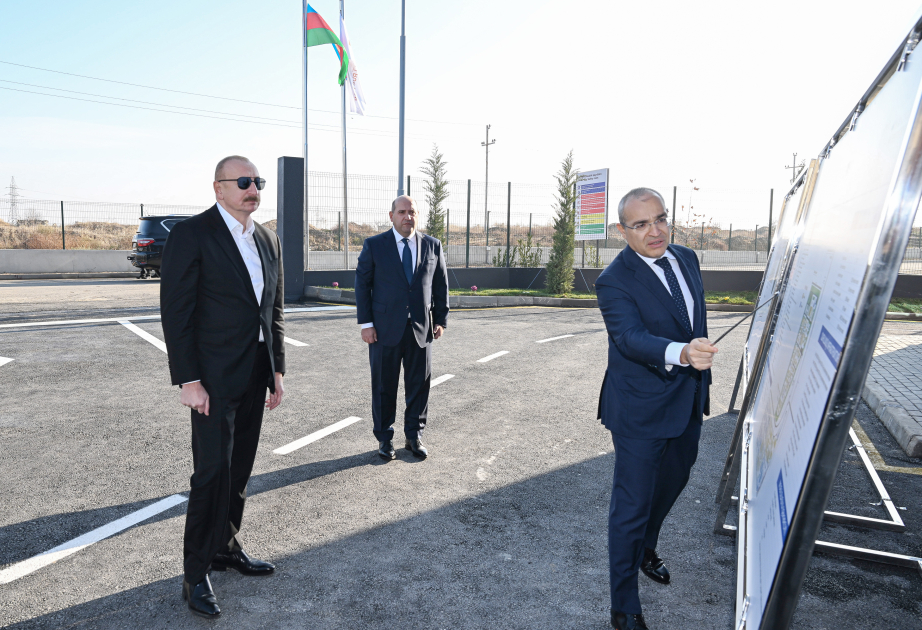We spoke with Madina Azimova, Ph.D. in medicine, head of the department of ischemic heart diseases of the Academician J.Abdullayev Institute of Cardiology of the Ministry of Health, about the causes of sudden deaths, as well as heart attacks, which have been observed more recently. Emphasizing the importance of a healthy lifestyle, avoiding harmful habits and a balanced diet for the prevention of heart diseases, the cardiologist answered XQ's questions about heart attacks:
- Mrs. Medina, first you would inform us about the cause of sudden deaths...
- Due to the cooling of the weather, it is observed that heart diseases worry people more. Among the diseases resulting in death, heart attack is in the first place. Myocardial infarction is an ischemic necrosis of the heart muscle and occurs as a result of a sharp violation of blood circulation. At this time, as a result of the interruption of the blood flow to a part of the heart muscle, the cells in that part are destroyed.
In many cases, the cause of myocardial infarction is atherosclerosis of the coronary arteries. However, in 5-25 percent of cases, coronary artery embolism (infective endocarditis, intraventricular thrombus), vessel damage during other diseases (rheumatism, coronary arthritis caused by rheumatoid arthritis), congenital defects of coronary vessels, etc. therefore, myocardial infarction may occur. The most common is myocardial infarction caused by non-obstructive coronary artery disease (MINOCA).
- What is the difference between the symptoms of this disease and the myocardial infarction that occurs due to blockage of vessels?
– All visible coronary arteries are patent in patients with MINOCA infarction and no atherosclerotic plaques or thrombi are observed. But as the name suggests, it is a myocardial infarction. The symptoms are the same as for a myocardial infarction that is not caused by a blockage of the coronary arteries. During angiography, changes occur in very small vessels that are not visible to the naked eye. Those small arteries can burst spontaneously, causing blood clots to form there. At this time, the coronary arteries narrow sharply. Spastic angina (seizures), which play an important role in the occurrence of MINOCA heart attacks, resolves more quickly with the administration of short-acting nitrates, in contrast to angina that occurs during vascular obstruction.
- What are the causes of MINOCA heart attack?
- Myocardial infarction caused by non-obstructive coronary artery disease can have various causes. Damage to epicardial arteries (disruption of atherosclerotic nodes, ulceration) and spasm of coronary arteries can cause a heart attack. This can occur both endogenously - as a result of angina occurring during stress, and exogenously - due to the effect of vasoconstrictors. It is possible that a heart attack can occur due to the effects of drugs, spasms occurring in one or more of its parts during dysfunction of the endothelium of coronary vessels, during myocarditis and cardiomyopathy.
Cutoff or acute restriction of coronary blood circulation occurs as a result of thrombosis of the coronary artery in the area where there is an "encumbered" atherosclerotic node. The thinned capsule of the node is damaged, the spasm narrows the narrowed vascular orifice a little. Gradually, the size of the thrombus increases. If spontaneous lysis (melting) does not occur or thrombolytic therapy is not carried out, the thrombus completely occupies the vessel's orifice, and necrosis (death) of myocardial cells occurs in the area fed by that branch of the vessel.
- What clinical signs does the disease manifest itself in?
- In almost 80-90 percent of cases, anginal variant of myocardial infarction is found. A common complaint is pain behind the sternum. This pain is different from angina pectoris – it is more intense, painful, oppressive, oppressive, burning, stinging, accompanied by fear of death.
In most patients, at the peak of the pain syndrome, signs of acute vascular insufficiency - intense sweating, lightheadedness, acute weakness, tachycardia, cold extremities, drop in arterial pressure, etc. can happen. Shortness of breath and arrhythmia, an increase in body temperature during the acute period can also be observed.
There are clinically anginal, asthmatic, abdominal, arrhythmic, cerebrovascular and asymptomatic variants of myocardial infarction.
- How is the diagnosis and treatment of myocardial infarction caused by non-obstructive coronary artery disease carried out?
- The diagnosis is based on the patient's complaints and the results of instrumental-laboratory examinations. Electrocardiogram (ECG) and echocardiogram (ExoECG) examinations are mandatory. X-ray of the patient's chest, coronary angiography, and MRI of the heart should also be performed.
In order to determine the diagnosis in patients with myocardial infarction, as well as in patients with MINOCA infarction, blood laboratory examination - determination of myocardial necrosis markers is also mandatory.
The treatment is based on the opening of the vascular orifice as soon as possible, prevention of subsequent thrombus formation, limitation of the necrosis center and peri-infarct zone, elimination of complications of the heart attack. Within 6-12 hours after the onset of pain, the patient should be hospitalized and reperfusion of the myocardium (restoration of blood supply) should be performed by performing coronary angiography.
- What would you say about prognosis and prevention of MINOCA heart attack?
- The prognosis of the disease depends on how quickly the patient is brought to the hospital. Early inpatient treatment increases the patient's chances of survival, prevents complications, and improves physical and psychoemotional rehabilitation in the post-heart attack period.
For the prevention of the disease, it is recommended to lead a healthy lifestyle, stay away from harmful habits such as alcohol and nicotine intake, and prefer a healthy and balanced diet. People in the risk group should undergo regular cardiological examinations. It is important to follow the doctor's recommendations so as not to be one step closer to death.
Zarifa BASHIRGIZI
XQ



















